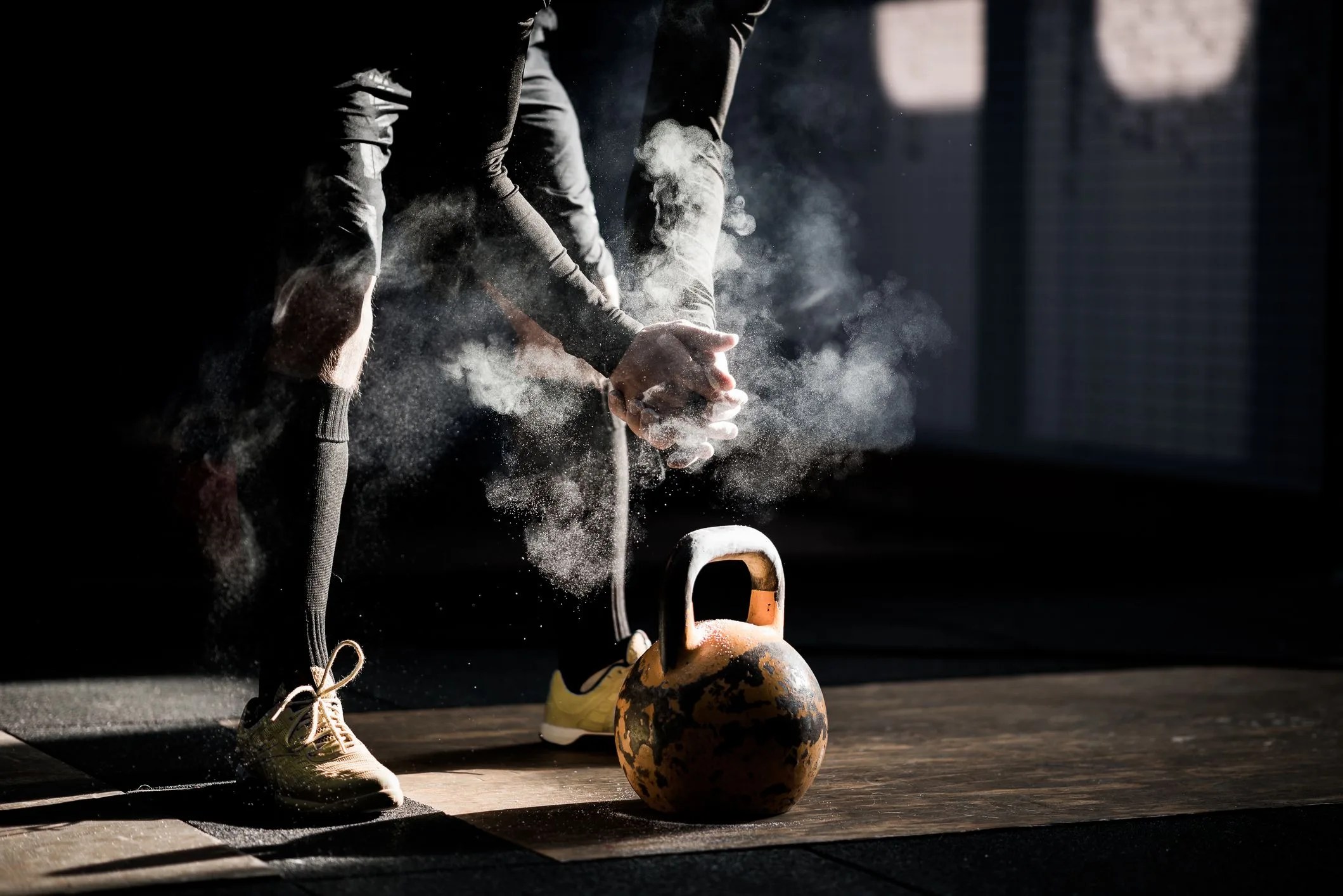It’s a tragic tale as old as time — or at least as old as the modern fitness movement: you dive into a new routine, start seeing results and then some overly exuberant motion strains a muscle and it’s back to the couch. I know this tale because I’ve lived it, multiple times. The two most recent episodes are perhaps the most regrettable, because the same thing happened both times: I was swinging a kettlebell and threw my back out.
Which sucks because, honestly kettlebell workouts in general are fantastic and the kettlebell swing specifically is one of the most awesome, dynamic movements you can do. But to the uninitiated or inexperienced, it can also be a bit of an injury trap. To help you steer clear of the pitfalls and reap the benefits of this exercise, I reached out to fitness experts across the country.
What follows are their thoughts on the myriad kettlebell swinging mistakes they’ve witnessed, followed by some excellent advice on how to execute the move properly and — spoiler alert — a just-for-GP video from the urban legend himself, Marc “The Kettlebell Guy” Miller, demonstrating and describing expert technique.
The 5 Most Common Mistakes
1. Overemphasizing the Arms
“The mistake most likely to cause injury is, people don’t understand the biomechanics of the movement,” observes Miller, co-owner of New York’s Independent Training Spot, who has gained fame in the pandemic era by making more than 200 deliveries of hard-to-find kettlebells, traveling hundreds miles to get them into desperate hands. “The kettlebell is not driven by your arms. Eighty percent of the motion is coming from the power muscles, your glutes and quads, the entire rear chain.”
2. Or the Back
“The most common mistake is people using their back muscles to move the kettlebell by flexing the vertebrae of the spine in a rounded position,” adds Travis Weaver, a CrossFit Level 2 trainer at Bend, Oregon’s Fortitude Fitness Training. “And then by engaging and simultaneously lifting using the surrounding muscles of the back to upright themselves.”
3. Dropping Too Low
“Bringing the kettlebell too low to the ground puts the athlete in a compromised position,” says Francheska Martinez, a Superfeet Wellness Expert, bodyweight and functional training coach in Austin, Texas. “Bringing the weight too far from the center of mass (hips) makes it more difficult to control the weight, create sufficient power output, and maintain stability of the spine.” (See photos of Martinez below for the optimal start and end positions of a proper swing.)
4. Going Too Fast or Heavy
“While you may feel really strong waving a kettlebell to and fro, doing so too quickly will largely sacrifice your form,” explains Jamie Hickey, founder of Truism Fitness. “Also, the amount you can handle won’t be the same as with dumbbells, since the weight is being distributed differently. And remember, most kettlebells are measured in kilograms, not pounds — one kilograms equals about 2.2 pounds.”
5. Doing Too Many Reps
“If you do too many reps, you’re going to jack yourself up,” concludes Miller. “Your form will start to fall apart, but the body still wants to get the job done. So other muscles come in to help, muscles that should be stabilizing, and that’s where injuries live.”



